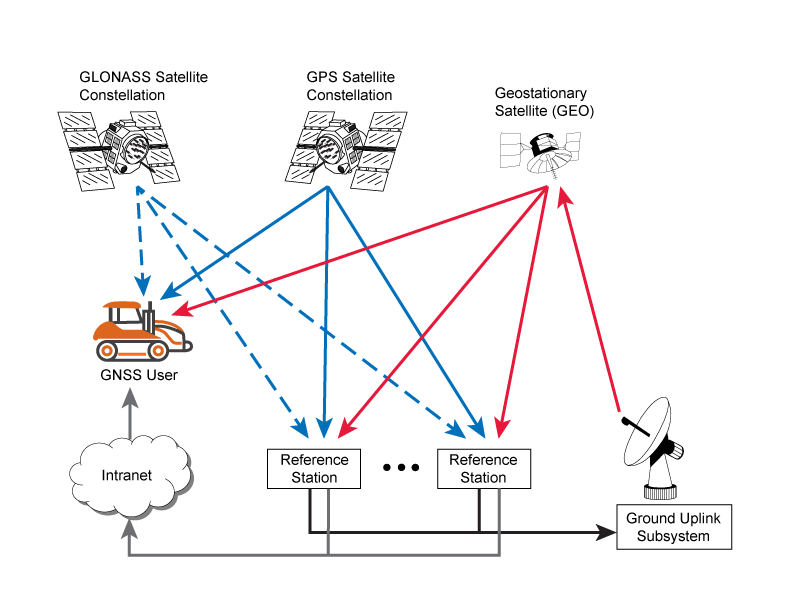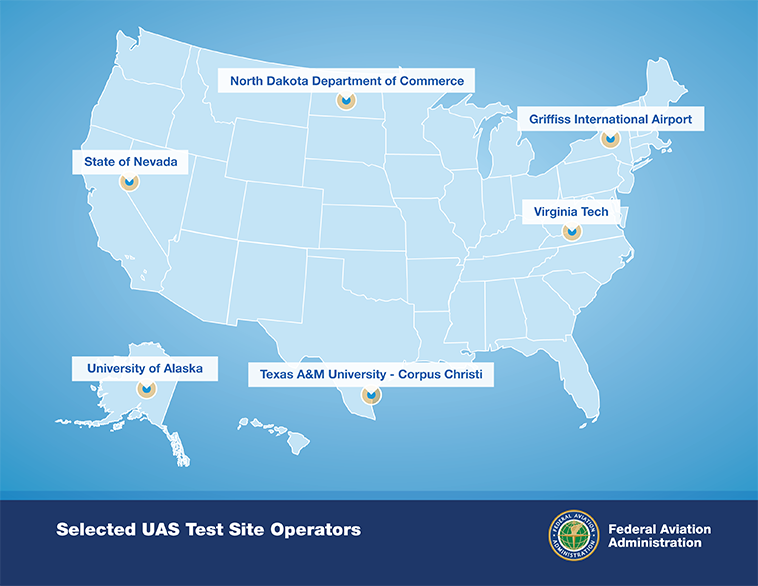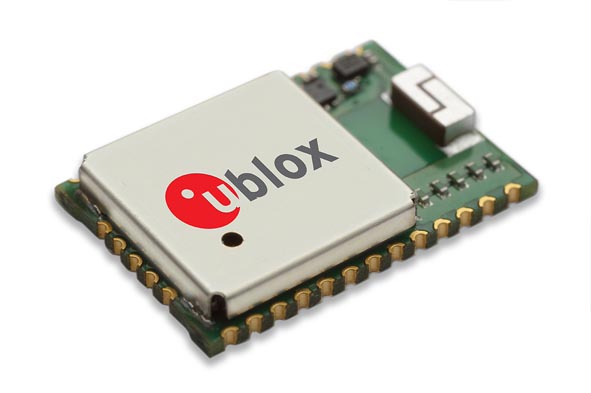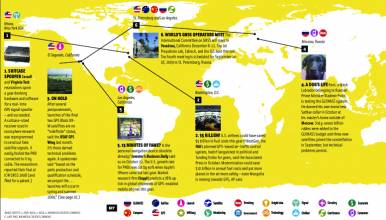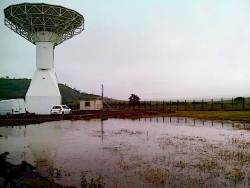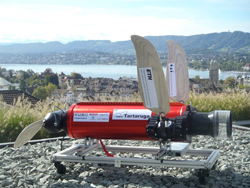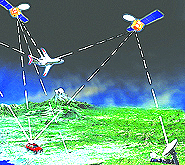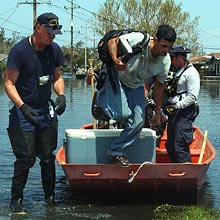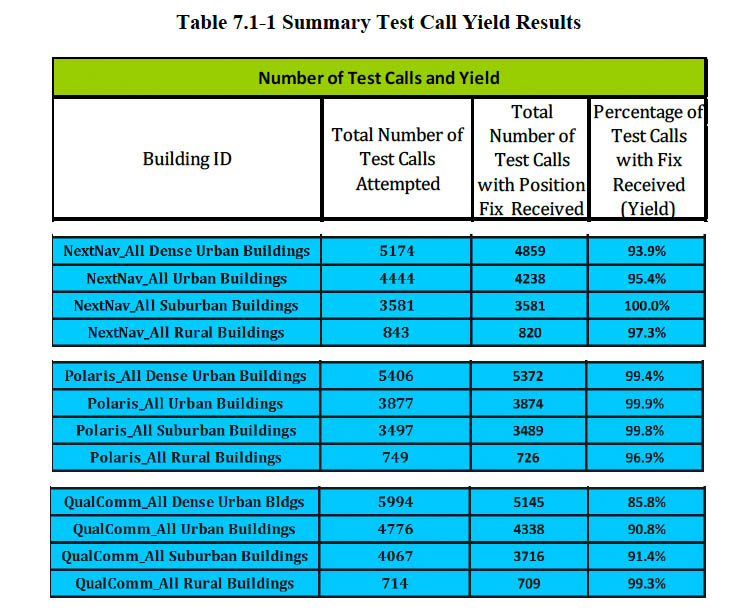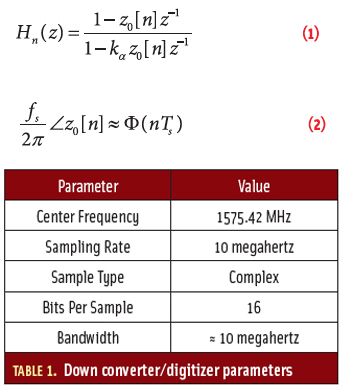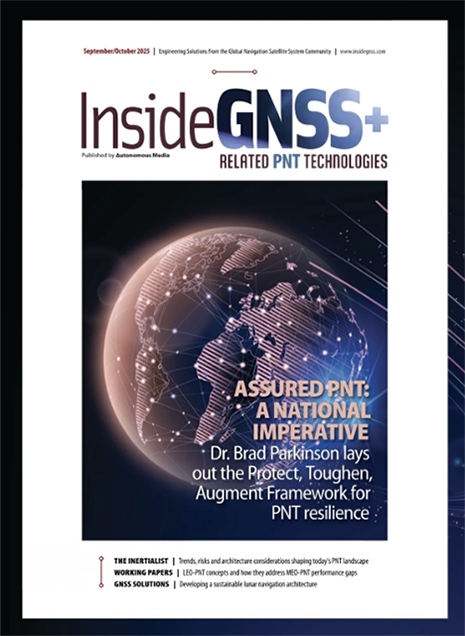U.S. Air Force Authorizes Lockheed to Finish GPS III SVs 7 & 8
The U.S. Air Force has awarded Lockheed Martin more than $245 million in contract options to complete production of its seventh and eighth GPS Block III satellites.
The two space vehicles (SVs 07–08) received initial funding under a February 2013 long-lead material contract for the Air Force’s second set of four satellites, GPS III SV 05–08. Similar to this current award announced yesterday (April 1, 2014), the Air Force exercised an option to complete production of SVs 05–06 in December 2013.
By Inside GNSS


